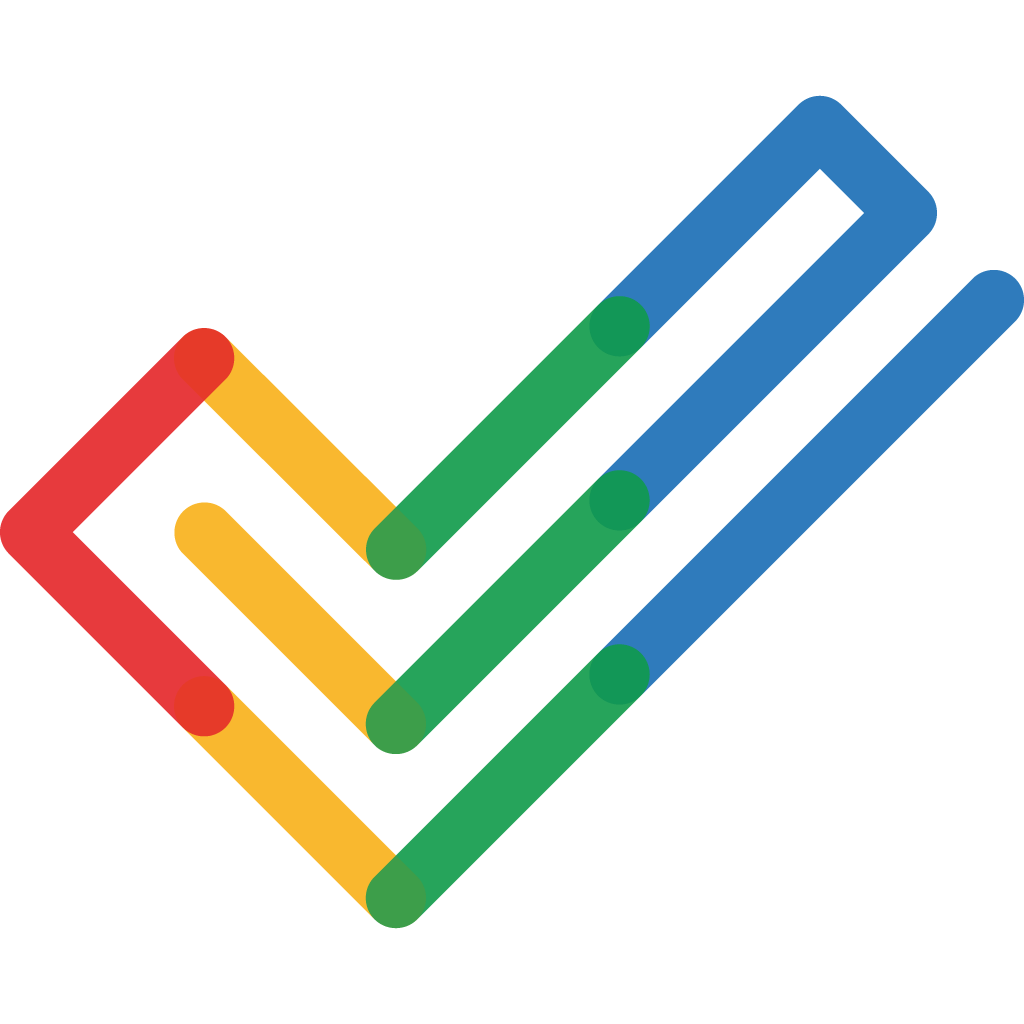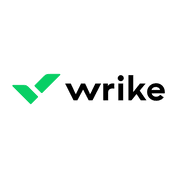OneDesk is a Project Management Software. OneDesk offers Timeline View, Project Templates, Idea Management, Kanban Board, Recurring Task Management and many more functionalities.
Some top alternatives to OneDesk includes Quickbase , Smartsheet, ClickUp, Zoho Projects and Scopedesk.
Yes, OneDesk provides API.
Yes, OneDesk provides a mobile app.
OneDesk is located in Montreal, Canada
OneDesk offers Free Trial, Subscription pricing models
Yes, OneDesk can integrate with Quickbooks, Freshbooks, Jira, Microsoft Project and many more.You can find more integration for OneDesk here
The starting price of OneDesk is $12/user/month when yearly

























